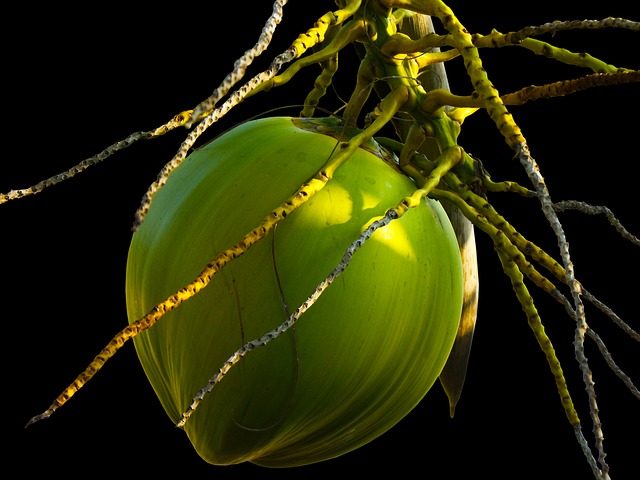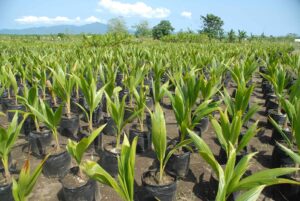Recently, according to an NT Report, farmers have abandoned coconut plucking as it is not viable owing to a drastic drop in coconut prices. Besides, the coconut farmers have to go through a lengthy process to avail government support price and are liable to sell coconuts only to government recognised dealers.
The farmers have to deliver the coconuts to the godowns and the coconuts are later auctioned. It’s only after this process can the farmers claim the benefits of the support price. Not only is the entire process lengthy, but the coconut business is largely controlled by private dealers.
Also, Goan coconuts are found to be smaller in size compared to the ones from other southern states. This is the reason for the drop in demand.
In December last year the eminent ‘Coconut Palm’ was dethroned to being mere ‘grass’. What once used to define Goa’s skyline and coastline,is about to disappear. (I’m sure it is going to end up on the endangered list after a few years.)
Considered as ‘Kalpavruksh’, revered for its many uses, this mighty tree has lost its importance in Goa or so it seems.
Let us not forget that Goan coconuts are popular for their unique taste as compared to coconuts from southern states.
Almost every Goan dish, be it a sweet or a curry, involves the use of coconut. What would a Goan curry be without it?
The government should come up with a new policy to protect coconut farming. If farmers lose interest, then coconut cultivation will be replaced with the cultivation of other crops, changing the look of Goa permanently.



